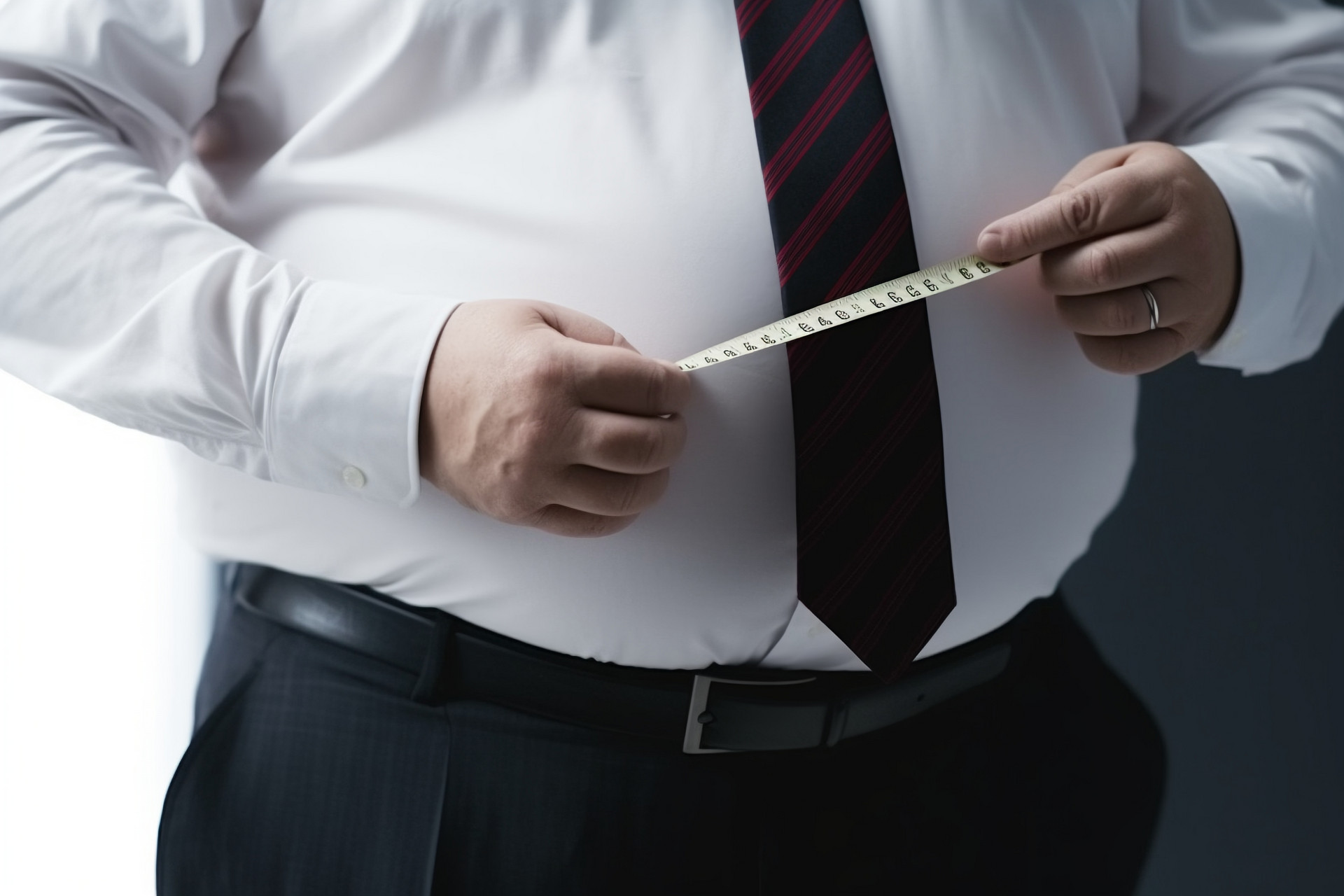Having excess belly fat and not exercising regularly can lead to a more prominent stomach. Many people choose to do sit-ups to reduce their belly fat, but there are also other benefits to doing sit-ups. Let's take a look at the benefits of doing sit-ups.
Burning abdominal fat
Doing sit-ups can strengthen the abdominal muscles and burn the accumulated fat in the abdomen. It also enhances the strength of the waist and abdominal muscles, preventing them from becoming weak and sagging.
Preventing visceral ptosis
Sit-ups rely on the contraction strength of the abdominal muscles to sit up. This exercise effectively strengthens the abdominal muscles, especially the muscles and ligaments, which can better protect the organs in the abdominal cavity and prevent visceral ptosis.
Improving body's disease resistance
Doing sit-ups can stretch the muscles, ligaments, and spine in the back and regulate the central nervous system, thereby improving the body's disease resistance.
Preventing and treating gynecological diseases
Sit-ups can also exercise the groin area, which contains many capillaries and acupoints. By stimulating these acupoints and improving blood circulation, sit-ups can assist in the treatment and relief of gynecological diseases.
Promoting gastrointestinal health
During sit-ups, coordinating proper breathing techniques can stimulate gastrointestinal peristalsis, facilitate the rapid elimination of toxins and waste from the body, and expel air from the gastrointestinal tract, preventing constipation and promoting gastrointestinal health.
The correct way to do sit-ups
When doing sit-ups, it is important to breathe properly. Lie on your back with your knees bent at a 90° angle, keeping your legs slightly wider than shoulder-width apart and your feet flat on the ground. Interlock your fingers behind your head and use the strength of your abdomen to slowly lift your upper body, keeping your lower back on the ground. Hold for a few seconds and then return to the starting position. Repeat 20 times.
Precautions for doing sit-ups
1. Pay attention to keeping your lower back on the ground. Exhale when bending forward and inhale when lying back. To improve the quality of the movement, it is also necessary to pay attention to the technique, which means inhaling at the start of the backward movement and holding your breath and contracting your abdomen when your shoulder and back touch the ground.
2. Women should avoid doing sit-ups during their menstrual period. Intense exercise can cause menstrual blood to flow back into the pelvic cavity and even lead to the implantation of endometrial debris on the ovaries, forming cysts.
3. When doing sit-ups, do not lift heavy weights or apply pressure to the abdomen to avoid injuring the organs in the abdominal cavity and causing lower abdominal pain.












